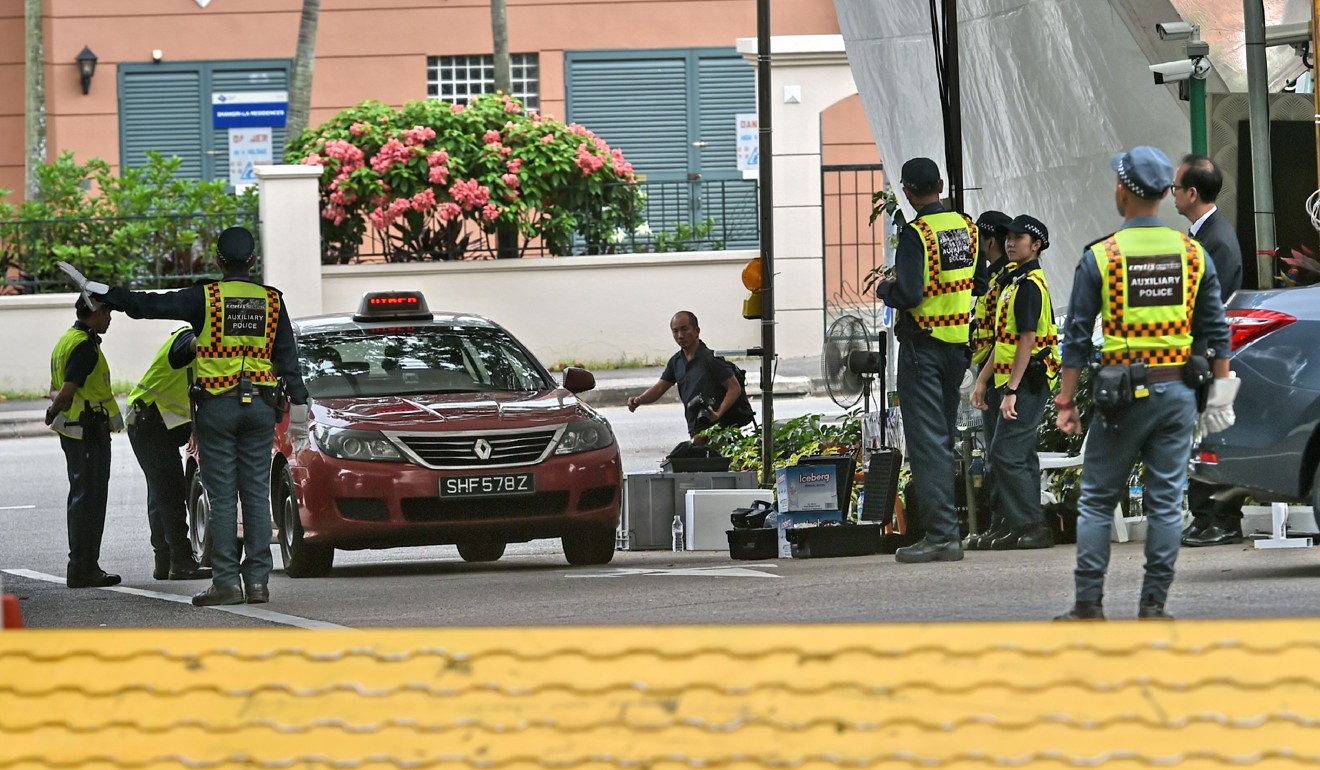 The last two years have been hard on Argentina and Brazil. A sweeping corruption investigation and the impeachment of President Dilma Rousseff have sent Brazil's currency tumbling. The country's economy contracted by 3.8 percent in 2015 and by another 3.6 percent the following year. The Argentine peso, meanwhile, fell 40 percent against the U.S. dollar after the government lifted currency controls in late 2015. But for foreign investors, the two South American nations' economic hardship presents an opportunity. The depreciated currencies in both countries, combined with their governments' need for investment, has enabled Chinese companies to buy up cheap assets and launch major infrastructure projects in Argentina and Brazil alike. The electricity sector in particular has been a focus of their activities.
The last two years have been hard on Argentina and Brazil. A sweeping corruption investigation and the impeachment of President Dilma Rousseff have sent Brazil's currency tumbling. The country's economy contracted by 3.8 percent in 2015 and by another 3.6 percent the following year. The Argentine peso, meanwhile, fell 40 percent against the U.S. dollar after the government lifted currency controls in late 2015. But for foreign investors, the two South American nations' economic hardship presents an opportunity. The depreciated currencies in both countries, combined with their governments' need for investment, has enabled Chinese companies to buy up cheap assets and launch major infrastructure projects in Argentina and Brazil alike. The electricity sector in particular has been a focus of their activities.
Power Down
In Brazil, the economic decline has hit the electricity sector hard, especially after years of government price controls. Rousseff passed a measure in 2012 forcing power companies in Brazil to lower their rates to renew their 30-year contracts with the government. Then a severe drought in 2013-15 diminished the country's water reservoirs, causing many power companies to switch from hydroelectric to thermoelectric energy. The transition was costly. State-owned energy firm Petroleo Brasileiro, for example, had to import 30 percent more natural gas from Bolivia in 2013 to fuel its thermoelectric plants. Most power companies had to sell off some of their assets to offset the added expense. Today, Brazil's electricity sector has the second-largest debt of any of its industries, behind oil and natural gas; its outstanding obligations surpassed $54 billion last year. President Michel Temer, however, is trying to change the country's regulatory framework to alleviate the power companies' troubles. Temer is working on a measure that would allow the firms to sell the electricity they generate to commercial customers, such as electricity trading companies or large industrial consumers, at a higher price for a limited time.






















